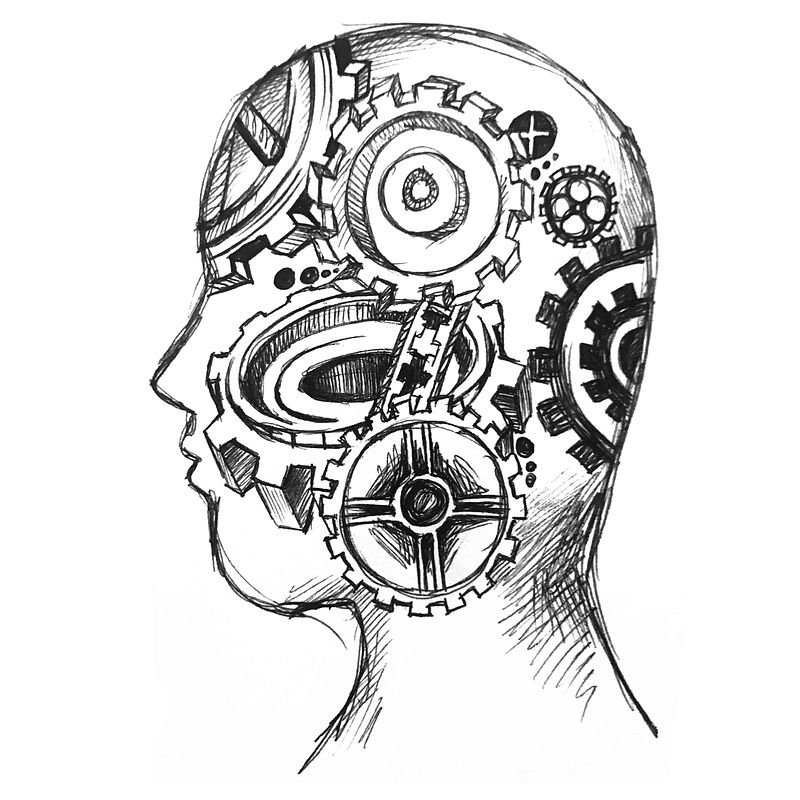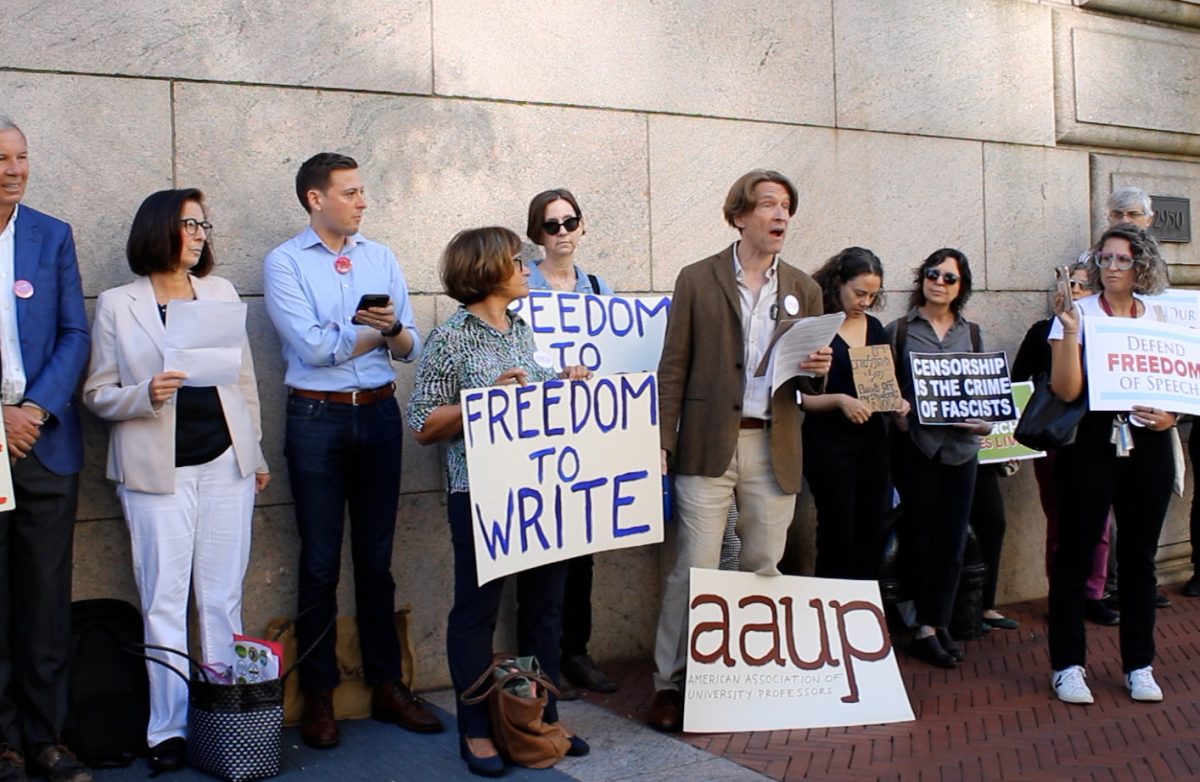
For many students, the return to Hamilton College is an extremely pleasant experience. It is a time for friends to reconnect after a summer apart. There is the excitement of moving into a dorm with your close friends, the thrill of beginning another academic year and getting that much closer to graduation. There is, however, a silent minority of students for whom this is not the case. For these students, the start of another year brings uncertainty and anxiety, isolation and depression.
I would first like to share some quick statistics — you may have seen them before, and they are statistics that most people know. Nonetheless, it is important to make sure that we are all on the same page regarding the widespread presence of mental health issues. One in five adults suffered from a mental health issue in 2014, according to MentalHealth.gov. The Anxiety and Depression Association of America reports that Major Depressive Disorder (MDD) is the leading cause of disability in the U.S. for ages 15 to 43, and only 41 percent of adults in the U.S. with a mental health condition received mental health services in the past year. Among adults with a serious mental illness, 62.9 percent received mental health services in the past year, according to the National Alliance on Mental Illness.
These statistics apply to the general population, but in college, they are even more striking. Among young adults aged 18–25 years, 8.3 percent have had serious thoughts of suicide. The 2013 National College Health Assessment examined over 125,000 students from more than 150 universities. This study revealed that about one-third of U.S. college students had difficulty functioning due to depression, and almost half said they had felt an overwhelming anxiety in the last year.
There is no disputing that there are students at Hamilton College who suffer from anxiety, depression or another mental health issue. My concern is that these students do not feel comfortable expressing their needs, and that there is a general dearth of understanding with regard to students experiencing anxiety or depression on campus.
In no way am I positing that the student body consists of heartless individuals who do not care about their peers’ health needs; on the contrary, the year and several weeks that I have spent here have confirmed that the wonderful men and women on this campus are some of the most empathetic and genuinely good people I have ever known. The disconnect comes in understanding the differences between the experience of a mentally healthy student as opposed to one struggling with anxiety or any kind of depression.
It would be deeply hypocritical of me to stand on a soapbox lecturing about mental illness if I had no experience with it. Therefore, I think it is worth mentioning that, as someone who has battled, is battling and will battle depression and anxiety, it is an arena in which I have spent a lot of time. Additionally, my family has been stricken with MDD, generalized anxiety and Asperger’s Syndrome, so I have personally experienced and have been surrounded by mental health issues for years.
It is also an ongoing part of my life. I am studying to become a psychiatrist so I can help people afflicted with these exact illnesses. I am not sharing this with you to garner sympathy points or tug on your heartstrings. I just want readers to know that I have seen these struggles in my own life, and I understand the suffering they can cause in people.
There is a stigma about mental illness that permeates our everyday lives. People do not like to think or talk about mental illness, and those who live with mental issues often feel ashamed or embarrassed of their condition. MDD or anxiety can be just as debilitating as a broken arm when it comes to interfering in the classroom or the social scene. I have never seen someone with a broken arm be told to just “try harder” or “just ignore it” and act like they are totally healthy. Why, then, do we tell people with depression or anxiety to just “not think about it”? Why do we say, “I know it’s tough, but try and snap out of it?” Unless you have gone through what the other person has, you cannot have any idea what it is like.
Even if you have had anxiety or depression in the past, treating two different people with the same condition as if their experiences are the same is an intrinsically flawed exercise. Everyone experiences life in their own way, and those experiences shape the way they see the world. For people with anxiety and/or depression, a casual comment made in jest, the prospect of going to a party, or even waking up for class can seem like a herculean effort.
Imagine you have to give a presentation in class, and you are worried that you will have a panic attack. You are so focused on not panicking that you panic. You try and give your presentation, and in your head, all you hear and see is judgment and scorn, even if they are not present at all. Imagine not being able to get out of bed and thinking that none your friends will understand, because they cannot or will not. It is a disorder, not a decision.
No one wants to look crazy. No one wants to be seen walking out of the counseling center and have to worry that someone will tell people that they are getting therapy. There is a culture of fear and secrecy surrounding mental health that we all have to fight. We have to encourage people who need help to get it. We have to be able to trust that those around us love and support us and want us to be well. We have to go the extra mile and check in on each other. As cliché as it sounds: only unconditional love and support will be the agents of change.
For those trapped in the profound darkness of depression or caught in the constant, frenetic grips of anxiety, there is nothing quite like the warmth and constancy of friendship. You cannot recover from anxiety by just staying calm. You cannot recover from depression by just being positive. You cannot recover from anorexia by just eating more. If mental illnesses were that simple, we would not be struggling in the first place.
But I know you have heard that before. Love and understanding — that is all well and good, you might be thinking, but what, specifically, can I do? I do not pretend to have all the answers, but I have a few suggestions.
If you are in a position of leadership in a club, social organization, or sports team, take a moment to check in on your peers.
If someone is grappling with a condition and you know or suspect it, pull them aside and tell them that you are there for them, should they need it.
If your friend or someone close to you confides in you, honor their trust. If you do not feel comfortable talking to them about their situation, tell them you are there for them but that the counseling center or a Peer Counselor might serve them better. If you are walking down Martin’s Way and someone clearly needs help, be the person who stops. Combatting the stigma surrounding mental illness may seem to be a Sisyphean task but it is one that, with the combined love and effort of the Hamily, we must undertake.
As always in my articles, the opinions and ideas expressed here are solely my own. If you have questions or comments on my article, please feel free to email me, and if you are reading this and need a friend to talk to then please, by all means, shoot me an email.
I will end with a quote from Emma Goldman: “The most violent element in society is ignorance.”

















